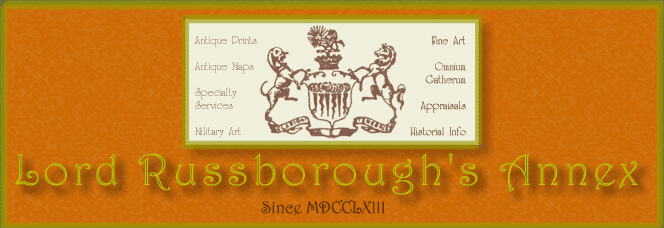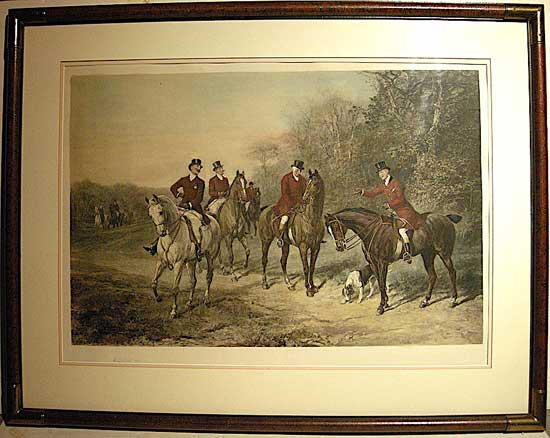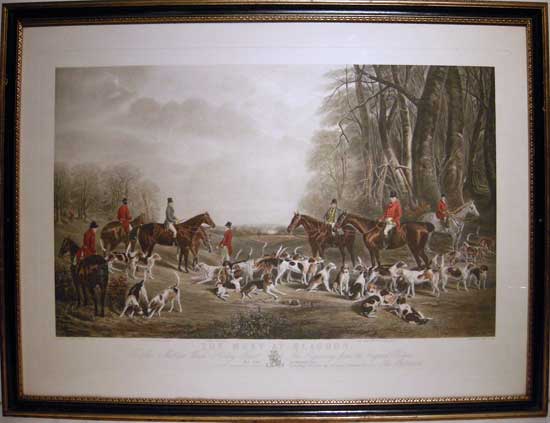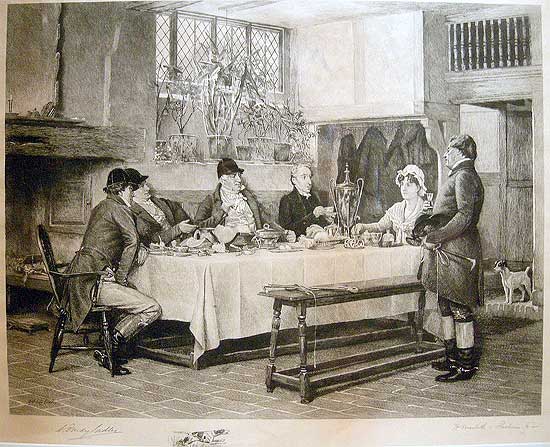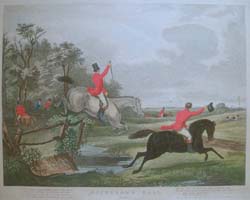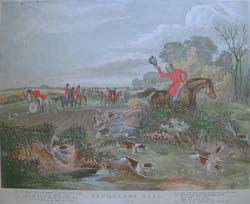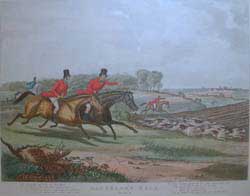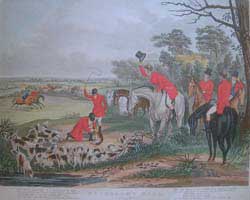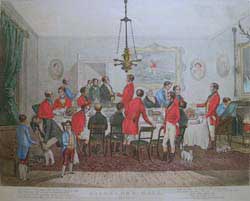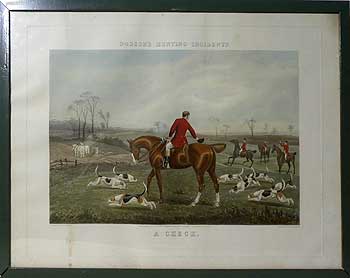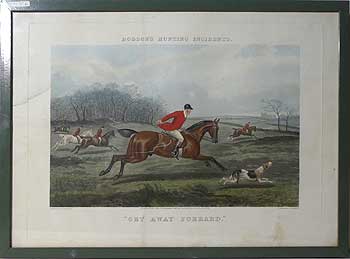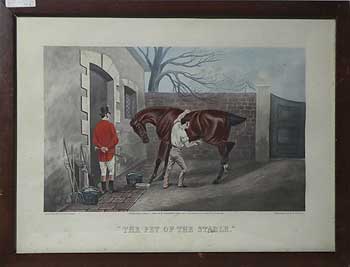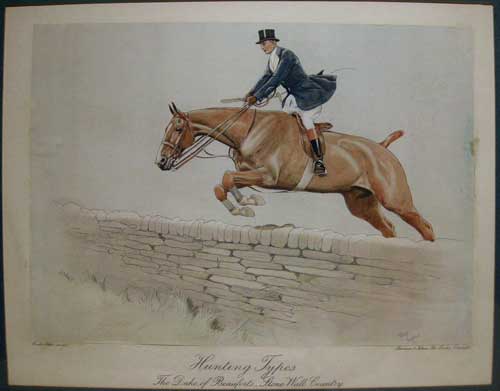
Cecil Charles Windsor
ALDIN RBA.
Hunting Types: The Duke of Beaufort's – ‘Stone wall country'.
Published by Lawrence & Jellico Ltd London. Colour offset-lithograph. matted, glazed oak-wood frame. One of a set of four.
12 x 14 1/8 inc. letters (30.5 x 35.9 cm.) Fr. 19 ¾ x 23 ½" Ref. SW6 (166) /LN/ d.ands>DNN PRICE CODE A SOLD
It is this type of well executed detail that set Aldin’s equestrian art apart from that of his contemporaries. The focused ease of the expert rider taking a stone wall in stride, gave rise to the popularity of show-jumping.
Cecil Charles Windsor Aldin (1870-1935) was born in Slough, in 1870, and lived near Reading, England. His artistic talent for portraying animals and rural life developed at an early age. He left school at the age of sixteen and, encouraged by his father, a builder by profession but himself a skilled amateur artist, Aldin enrolled in the Royal College of Art. Cecil was later influenced by British sporting artist William Frank Calderon (1865-1943), an artist and teacher who founded The School of Animal Painting in Sussex in 1894 and who was later to teach Sir Alfred Munnings (1878-1959) and Lionel Edwards (1878-1966), two famous British sporting artists also at work in the early twentieth century.
A prolific painter, Aldin is known in particular for his sporting art, sensitive depictions of dogs, horses, and hunting scenes in the English countryside. He was successful and admired in his own time, as a writer and illustrator of books and magazines, his images becoming more popular with the passage of time. “Cecil Aldin can justly be described as one of the leading spirits in the renaissance of British sporting art” (Alan Horne, The Dictionary of 20th Century British Book Illustrators, p. 67).
But as a painter of renown, he became one of the most popular and successful of all British sporting artists. Aldin is best known for his large prints of hunts, coaching and races. His sporting art featured one of his lifelong passions, hunting. He became famous for his watercolours and humorous prints showing foxhunting scenes in the English countryside, as well as his ability to portray the dogs, horses, and animals that were the protagonists of these scenes. In particular, his special talent in sketching and painting dogs. In a funny pose, the tilt of a head or a cocked ear, Aldin captured the individual character of the many dogs and breeds he worked with. His art shows the camaraderie he felt with his canine friends and models, though his work is never overly cute or sweet.
His serious and exacting portrayal of scenes of hunting, racing and horse portraiture is among the finest in British Sporting Art. Aldin was the Master South Berkshire Hunt. He was elected a member of the Royal Society of British Artists in 1898.

